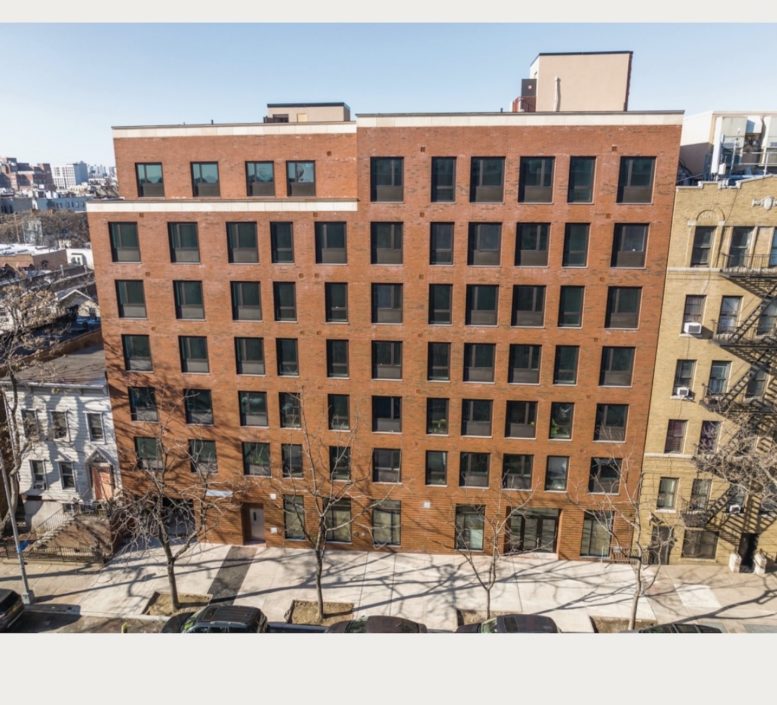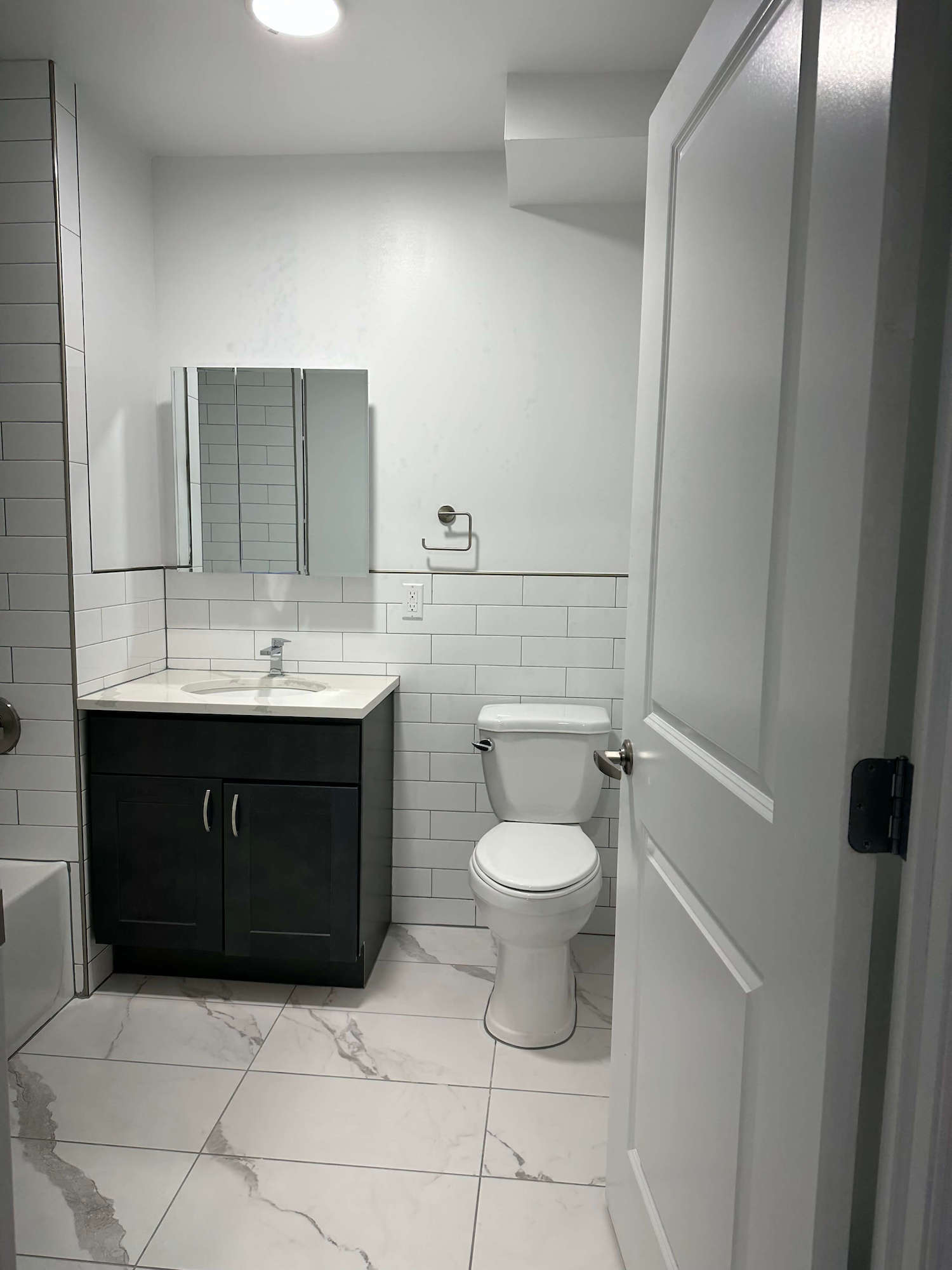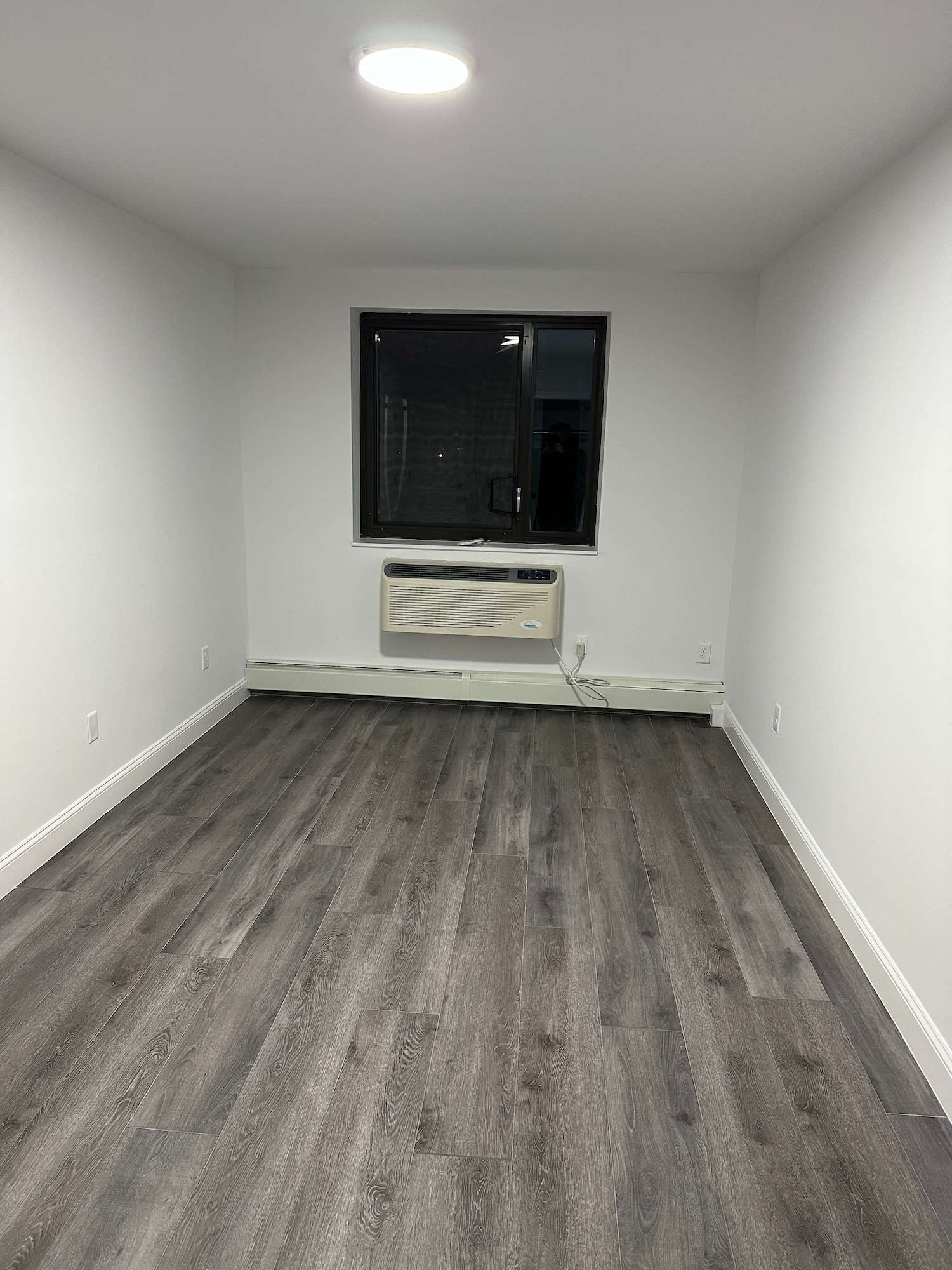Damian Williams, the United States Attorney for the Southern District of New York, announced that BRIAN KOLFAGE and ANDREW BADOLATO were sentenced by United States District Judge Analisa Torres. KOLFAGE was sentenced to 51 months in prison, and BADOLATO was sentenced to 36 months in prison, for their respective roles in carrying out a scheme to defraud hundreds of thousands of donors in connection with an online crowdfunding campaign known as “We Build The Wall” by soliciting donations using false statements and then stealing the resulting donations.
U.S. Attorney Damian Williams said: “Brian Kolfage and Andrew Badolato abused the trust of donors to We Build the Wall and stole hundreds of thousands of dollars in donations to line their own pockets. The defendants have now been held accountable for their criminal conduct.”
According to court filings and evidence introduced during court proceedings:
Starting in approximately December 2018, BRIAN KOLFAGE, ANDREW BADOLATO, their co-defendant TIMOTHY SHEA, and others orchestrated a scheme to defraud hundreds of thousands of donors, including donors in the Southern District of New York, in connection with an online crowdfunding campaign ultimately known as “We Build The Wall” that raised more than $25,000,000 to build a wall along the southern border of the United States. In particular, to induce donors to donate to the campaign, KOLFAGE repeatedly and falsely assured the public that he would “not take a penny in salary or compensation” and that “100% of the funds raised…will be used in the execution of our mission and purpose.”
Those representations were lies. In truth, KOLFAGE, BADOLATO, SHEA, and others received hundreds of thousands of dollars in donor funds from We Build the Wall, which they each used in a manner inconsistent with the organization’s public representations. For example, KOLFAGE covertly took for his personal use more than $350,000 in funds that donors had given to We Build the Wall. To conceal the payments to KOLFAGE from We Build the Wall, KOLFAGE, BADOLATO, SHEA, and others devised a scheme to route those payments through entities and bank accounts that they controlled. They took various steps to obscure or conceal these payments, including by using fake invoices and sham contracts — conduct for which SHEA was convicted at trial of obstruction of justice.
In imposing these sentences on KOLFAGE and BADOLATO, Judge Torres noted that “this was no ordinary financial fraud,” because when victims donated to We Build the Wall, “they were expressing their views about a political issue that was important to them.” Noting that the offense cast doubt on the efficacy of political involvement and that the scheme would “undoubtedly have a chilling effect” on political donations, Judge Torres remarked that “the fraud perpetrated by Mr. Kolfage and Mr. Badolato went well beyond defrauding individual donors. They hurt us all.”
KOLFAGE, 41, of Miramar Beach, Florida, and BADOLATO, 58, of Cocoa, Florida, each pled guilty to one count of conspiracy to commit wire fraud. KOLFAGE also pled guilty to tax and wire fraud charges originally filed by the United States Attorney’s Office for the Northern District of Florida.
SHEA, 52, of Castle Rock, Colorado, was convicted after trial of conspiracy to commit wire fraud, conspiracy to commit money laundering, and obstruction of justice, and is scheduled to be sentenced by Judge Torres on June 13, 2023.
In addition to the prison terms, KOLFAGE was sentenced to three years of supervised release and ordered to forfeit $17,872,106 and pay restitution in the amount of $2,877,414. BADOLATO was sentenced to three years of supervised release and ordered to forfeit $1,414,368 and pay restitution in the amount of $1,414,368. Judge Torres also separately ordered forfeiture of $1,376,597.39 of funds held by We Build the Wall and real property located in Sunland Park, New Mexico, on which We Build the Wall had constructed a portion of a wall.
Mr. Williams praised the outstanding investigative work of the United States Postal Inspection Service and the Special Agents of the United States Attorney’s Office for the Southern District of New York.







